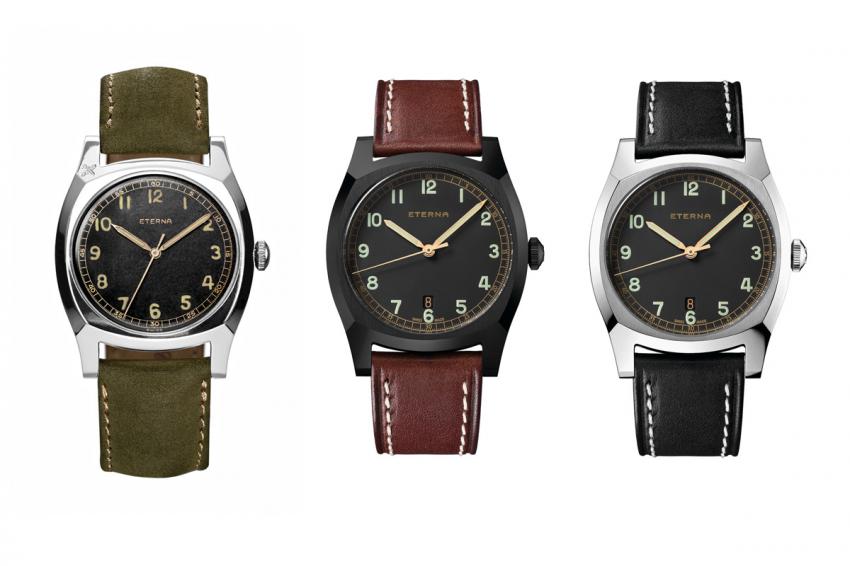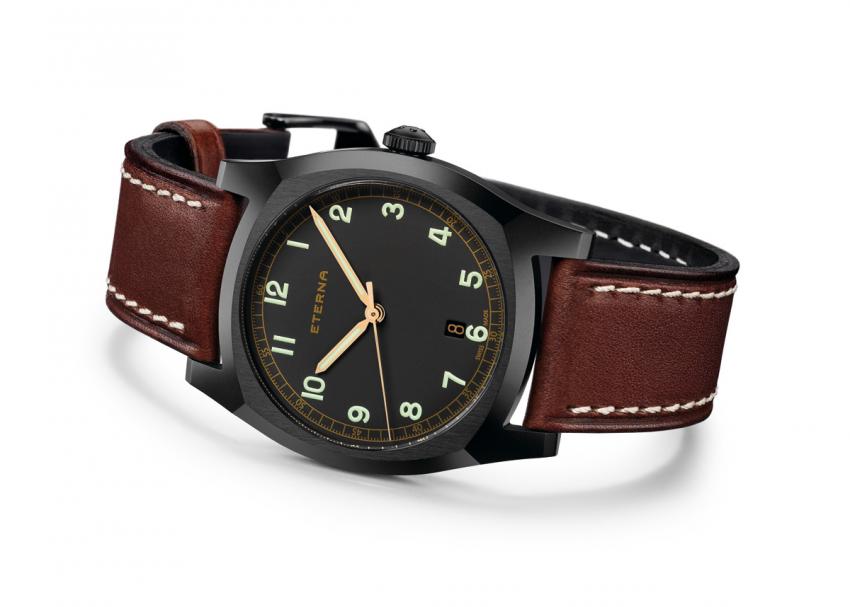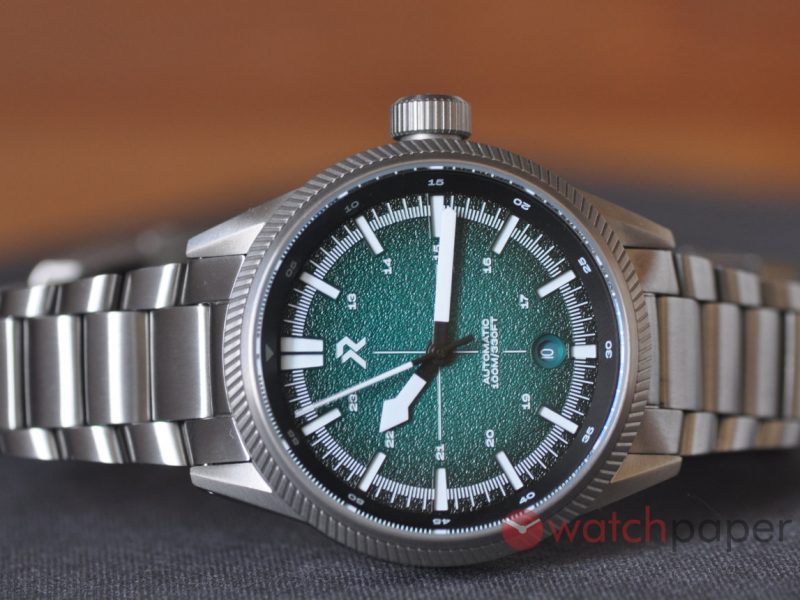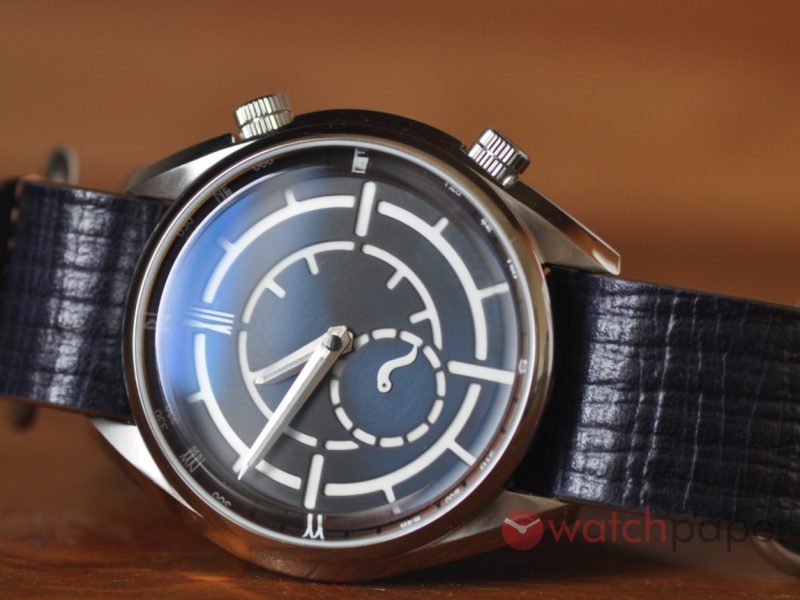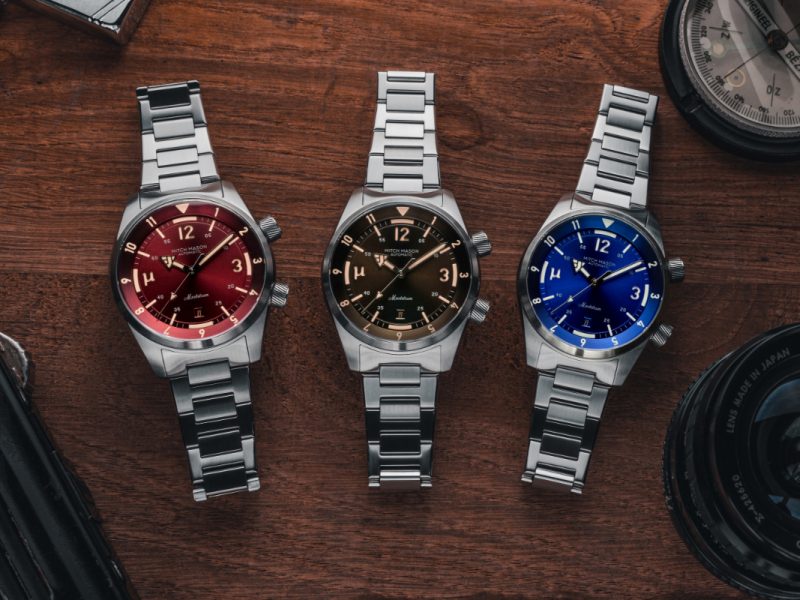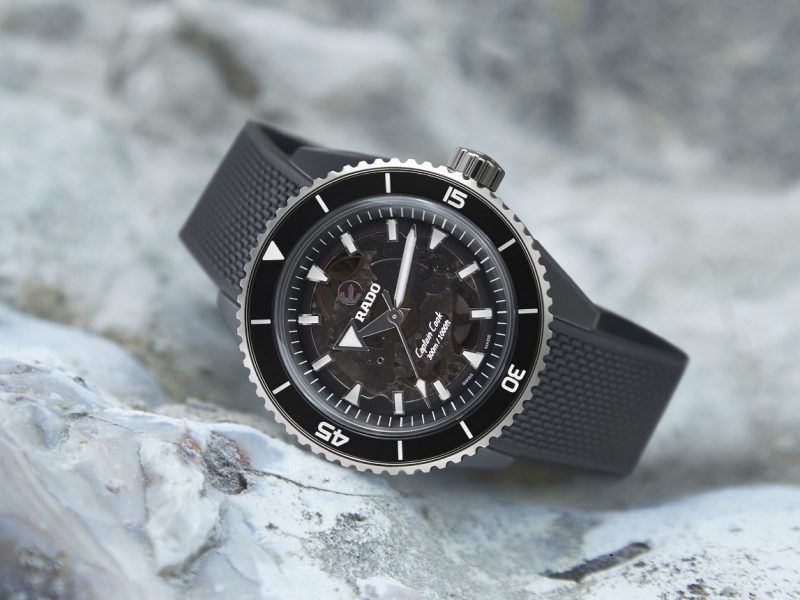Eterna Heritage Military – two models based on a 1939 pilot’s piece
We see many brands returning to their archives to find inspiration for their new models. Such is the case with Eterna, who recently announced two new models in their Heritage collection. Simply named, the “Military”, they are based on a pilot watch the brand has created for the Czechoslovak army in 1939.
It was a time when war drums were beating all over Europe and all major airforces were ordering wrist-worn timepieces that could keep pace with steady improvements to military aircraft. Eterna built its Czech pilot’s watches, to the exact specifications of Czechoslovak technical experts: a black dial, with three hands and hour figures coated with a green luminous compound and a sturdy brushed and polished steel case.
The back of the 1939 model featured the words “Majetek Vojenské Správy” (property of the military department) and sometimes a pair of crossed daggers on the 11-o’clock case horn, the case of the most traditional Heritage Military introduced today is devoid of any inscription anywhere on its 40 mm diameter, 11.70 mm-thick case. Inside beats an ETA 2824-2 automatic 28,800-v.p.h. movement, featuring 25 jewels plus a ball bearing, in place of the venerable 1939 vintage Eterna 852S calibre. A date calendar and a black leather strap complete the watch’s equipment.
The better to cater to contemporary tastes, the second Heritage Military design features the same steel case but clad in black PVD and fitted with a brown leather strap. Same movement, same dial and of course same dimensions as the first design.
The year of production of the original model, known as Majetek, is reflected in the number of pieces of the new models, each produced in only 1939 units.
The price is US$ 2,140 for the stainless steel version and US$ 2,390 for the PVD coated model.
About Eterna
Founded in 1856, it was known as Dr. Girard & Schild, they were producing pocket watches. From the 1860s, Dr. Girard sells his shares to Urs Schild and the manufacture is known under the name of its owner. By the end of 1880s, after the death of Urs Schild, the name Eterna starts to appear on the dial of the watches.
It was in 1908 that Eterna files a patent for the world’s first wristwatch with an alarm, for which they won the “Grand Prix” at the 1910 Brussels World Exhibition.
By 1932, Eterna had set up a subsidiary company, ETA, to make movements for itself and others. It was a time of great innovations: the smallest production wristwatch with a Baguette movement in 1930, an eight-day alarm watch in the 1930s and their first automatic watch in 1938.
In 1948, Eterna advanced self-winding watch technology with the development of the Eterna-matic automatic movement. The use of five strategically placed ball bearings made the movement very efficient and significantly reduced friction and resistance on the oscillating weight that wound the mainspring. This reduced the wear and tear on internal parts, increasing the watch’s accuracy and its useful life. The new watch became popular soon and is probably the most famous Eterna watch and may be one of Eterna’s greatest designs. Its popularity was such that in 1948 Eterna adopted the image of five ball bearings as its corporate logo.
After 1982, Eterna was sold several times and today belongs to the China Haidian Group.
More about Eterna at www.eterna.com


